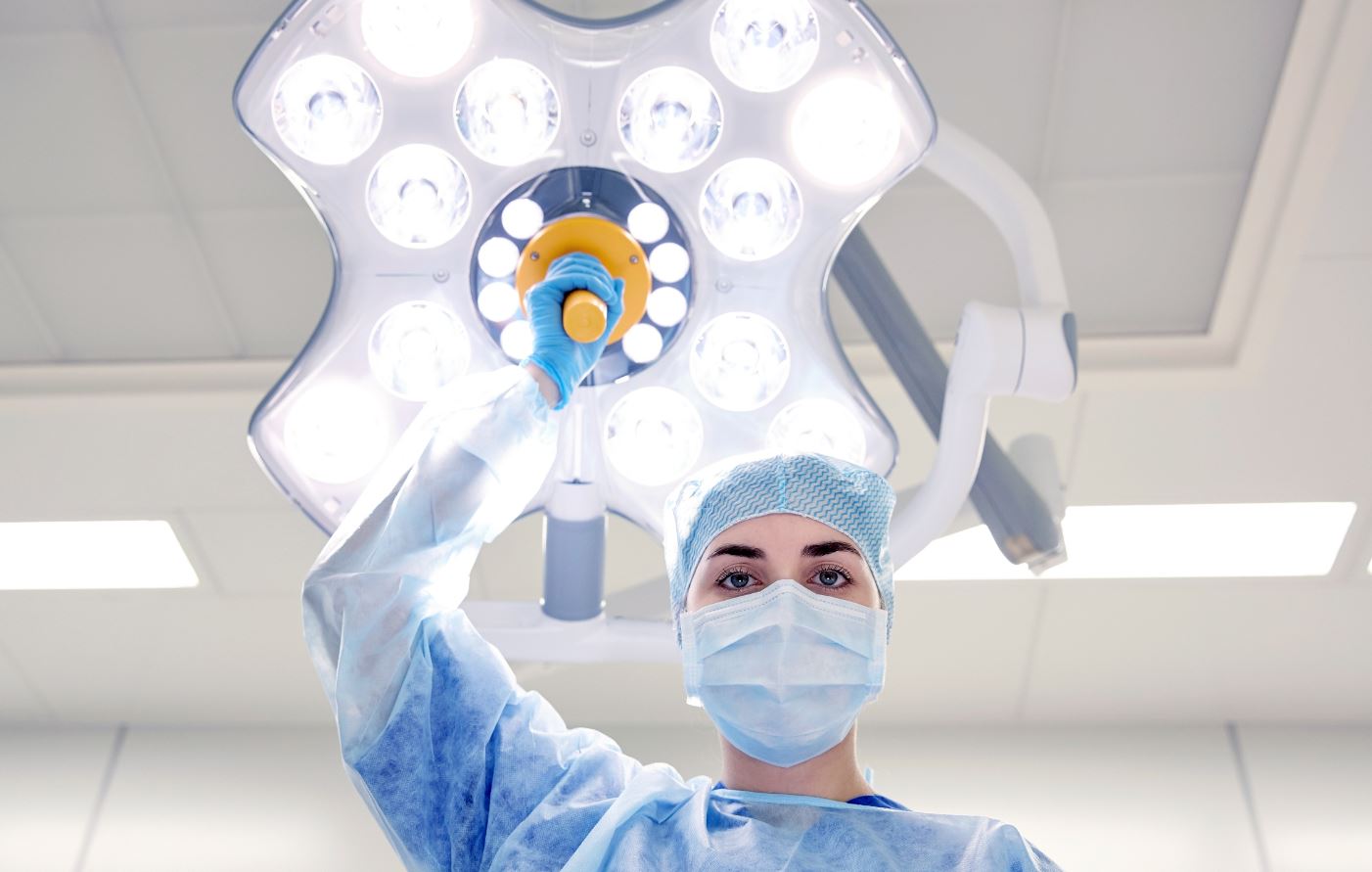Light sources have evolved drastically over the last couple of decades and it’s pretty amazing how we manage to come up with tools that are much better than the last.
In the field of medicine, surgeons need a reliable source of light that helps them operate with efficiency and clarity. Many medical institutions today make use of surgical LED headlights and the switch was one that never needed any questioning.
What are LED Bulbs?
LED (Light Emitting Diodes) bulbs are extremely efficient and last for a long period of time. Within the bulb is a semiconductor that gives off a bright light when electricity is transmitted through it. LED lights don’t work the same way a traditional incandescent bulb does and for this reason, it is much more durable and can withstand all sorts of conditions.
There were safety issues that have been brought up in recent years regarding LEDs and understandably so. Unlike other types of energy-saving light sources though, LEDs are deemed safer. It does not give off infrared and ultraviolet radiation. It also has no mercury (a known radioactive chemical) and is pretty much eco-friendly, since it will take years before you replace a bulb thus reducing solid waste.
LED in the Medical Field: The Benefits
Many hospitals and doctors have switched to using LEDs when it was proven to be a much more effective light source than incandescent bulbs. Here are the benefits of LEDs, particularly in headlights:
What is a Surgical Headlight?
Surgical headlights are portable devices that surgeons use in the operating room. They are usually wrapped around the head, or may resemble a pair of glasses. There are headlights that can be strapped onto your existing pair of glasses or on a band.
Better Movement
Bulky overhead lighting may still be in use in many operating rooms around the world but there are also medical practitioners who prefer using headlights for more fluid operation.
Having to move around the overhead lighting while doing a procedure can be time-consuming and could provide the doctor with an inaccurate angle of lighting. Aside from this, the doctor’s attention is also divided. Using a headlight in place of overhead lighting gives the doctor more freedom to move.
It is Portable
The beauty of the headlight is that you can virtually take it with you anywhere. This is good news for medical practitioners since they won’t have any trouble moving from station to another, or worry about overhead lighting. Due to its size, the surgical headlight won’t take up much space in the operating room or in the doctor’s office.
Economical and Affordable
Surgical headlights are powered by rechargeable batteries. Per recharge, LEDs can last for 17 hours. Charging it also won’t use too much energy, compared to overhead lighting. LED bulbs also don’t need replacing as often as incandescent ones so in the long run, you are actually saving money.
Color Temperature is More Accurate
Incandescent lighting gives off a yellowish hue, which affects the surgeon’s ability to identify, diagnose and dissect human tissue. In order to correct this, a complex filtering system must also be in place. With LEDs, there is no need for such a convoluted apparatus. It has been engineered to emit a pure white light, making it much easier for the operating doctor.
Overhead lighting also tends to give off a bright center, while its edges are dull or lackluster. The discoloration produces in the area can affect tissue discrimination at the end of the doctor. You won’t have to worry about that with an LED headlight, as its brightness is uniform.
Reduces Eye Strain
Sometimes brighter isn’t always better for most surgeons, and thankfully LEDs emit just the right amount of light on a specific area. Too much glare can tire the doctor’s eyes easily.
Greatly Reduces Shadow
Overhead lighting, due to its location, can cast shadows during an operation. This can be detrimental to the surgeon as it can affect the operation itself. Instruments can also cast shadows. The headlight, on the other hand, shines a spotlight on the area to be operated on. It zeroes in on the tissues, making a doctor’s job that much easier.
Conclusion
Doctors, surgeons, in particular, undergo years of training to be able to discern and diagnose a wide range of diseases and infections. When a case requires surgery, the operating room needs to be equipped with the right tools while a skilled surgeon needs a competent team to assist in the operation. Advances in illumination in the field of medicine are slowly underway, taking into serious consideration how light can play a huge factor in the operating table. The goal, as always, is to come up with smarter and more efficient devices that are helpful to the medical team.




